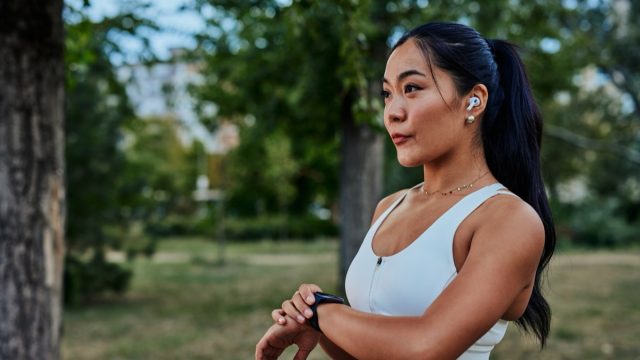5 Ways to Stay in Shape and Achieve Your Dream Body

Staying fit is important for our health because it directly impacts our mental and physical wellbeing. Keeping in shape also helps our body fight off diseases, reduce stress and lower blood pressure as well as strengthen bones and muscles. Moreover, staying fit improves our mental health by improving focus, concentration, mood, and self-esteem, as well as reducing anxiety. Maintaining our fitness creates a synergy that improves our overall well being, giving us a sense of intrinsic value, meaning and purpose. Attaining your dream body and fitness level is achievable through physical activity and exercise. Here are 5 ways to stay in shape and achieve your dream body:
Walking

Walking is a low impact exercise that helps maintain a healthy weight and tone your body. Walking eases joint pains, improves blood circulation, lowers blood sugar and supports cardiovascular health.
Related: Woman Lost 45 Pounds in 3 Months With These 5 Simple Hacks
Dancing

Dancing is a physical activity that can be transformed into a full body exercise routine. Dancing helps fat loss, strengthen your heart, and tones your body. It also improves balance, coordination and mood.
Swimming

Swimming is an excellent aerobic activity that gives you a full body workout. Swimming helps you burn calories, tone and manage your body weight. This full body exercise also helps build lean muscle, strength and endurance.
Cross Training

Cross training encompasses a mix of exercise activities that challenges the body and targets multiple muscle groups. It boosts cardiovascular endurance and improves mental focus while strengthening and building muscle.
Interval Training

Interval training is a fitness exercise that alternates the speed and intensity of a workout routine. Interval training burns fat, boost metabolism, improves cardiovascular health, while building lean muscle and strength.
Related: I Lost 40 Pounds Just by Walking Here's How You Can Do It Too
Common Mistakes to Avoid

The most common mistakes people make are setting unrealistic goals and failing to match exercising to their fitness levels. Overdoing any exercise can lead to injury and burn-out. Set achievable goals and match exercise intensity and frequency to your fitness level. This will allow you to build your strength and endurance gradually to achieve that toned body and fitness level. Always start exercising gently with warm up and stretching to avoid injury and most importantly, choose an activity you really enjoy in order to have fun while you stay fit and develop your dream body.
💪🔥Body Booster: Dancing helps fat loss, strengthen your heart, and tones your body
Christopher Clarke, is a certified AFAA trainer with in-depth expertise in the fields of Wellness Assessments, Personal Training, Body Building, Group Fitness Training and Rehabilitation.




